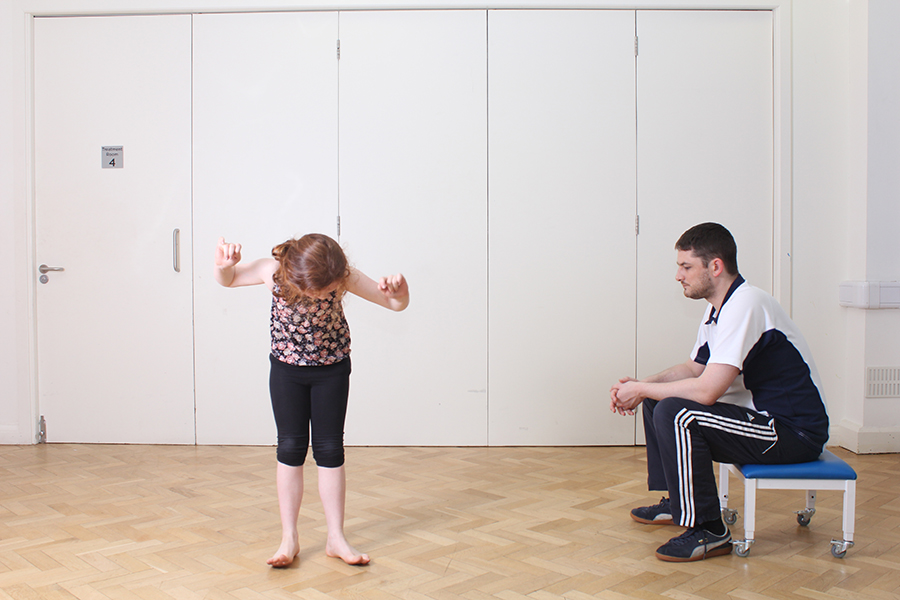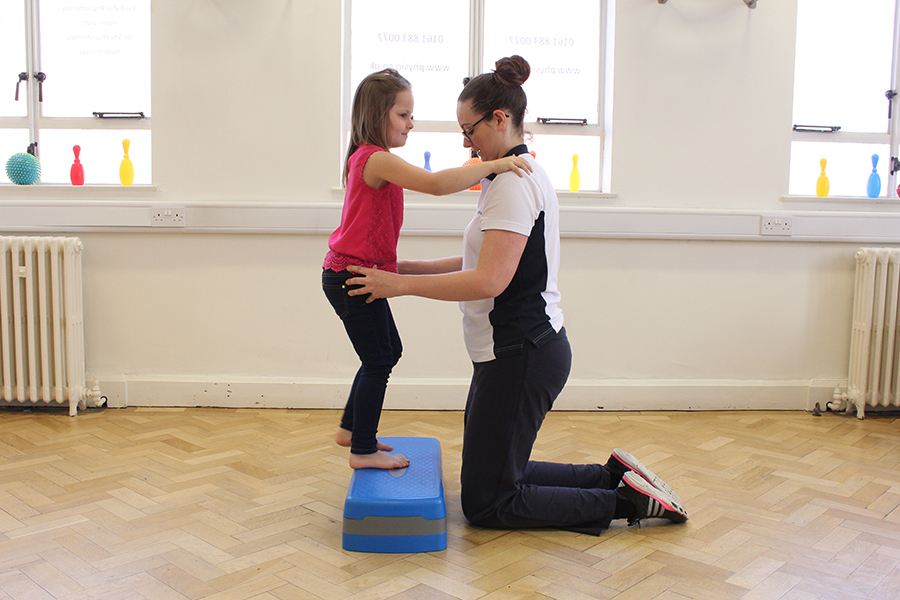Talipes
Talipes, which is sometimes referred to as 'club foot', is a foot and lower limb deformity that is present at birth. Children whose feet have talipes will have feet that have a characteristic shape; the feet have an inward curve and point downwards. Talipes can affect one foot, or both.
There are two types of talipes, these are positional talipes and structural talipes.
Talipes varies in its severity. Some children will have a mild and flexible form of talipes, whereas as others will have a more severe and rigid form.
A child that has talipes will have the diagnosis at birth. The early years for a child with talipes will involve physiotherapy, and sometimes surgery. Chiropody.co.uk may be able to offer additional improvement to your child's gait in their later years, after intervention with physiotherapy.
What causes talipes
Talipes can be hereditary, sometimes however, the cause is unknown; this is known as idiopathic talipes.
A foot that is affected by talipes has muscles on the inside of the leg that are weaker than those on the outside; therefore the tendons on the inside of the leg are tight. The imbalance between weak and tight leg muscles is what gives the foot of a child with talipes its characteristic shape.
Positional talipes occurs in the womb and can be the result of abnormal pressure on the developing foetus, whereas structural talipes is associated with genetics.
What are the signs and symptoms of talipes?
The following list gives the characteristics of talipes:
- Toes point down
- Limited movement at ankle joint
- The heel bone will point away from the body
- The calf muscle will be quite small and will appear underdeveloped
- The foot twists inwards
- When compared to other children, a child that has talipes will have a leg and foot that is stiffer and smaller

How is talipes diagnosed?
Talipes can be diagnosed before the child is born via an ultrasound scan. If Talipes is not picked up through ultrasound it can be diagnosed quickly after birth following an examination of the new born child's feet and legs. Treatment with physiotherapy usually begins one to two weeks after birth.
Benefits of Podiatry for a child with talipes
Podiatry may benefit an older child with talipes following appropriate intervention with physiotherapy.
Podiatric treatment benefits for a child that has talipes include the following:
- Improvement in gait and posture
- Improvement in pain and discomfort caused by corns or callous
- Improvement in pain caused by pressure
Podiatric intervention may be able to provide a treatment programme that will aim to further improve upon your child's gait. Podiatric intervention for talipes may involve one of, or a combination of; orthoses, stretching and joint mobilisation.
A child that has talipes can sometimes acquire painful callouses on the feet, which are due to pressure caused by an altered gait. Some children will have toenail that are difficult to cut. At Chiropody.co.uk our podiatrists can cut stubborn toenails and remove painful and unwanted callous quickly and painlessly. We can also provide you with advice on how best to prevent the callous from returning, or at the very least, slow down the build-up.
What would podiatry for my child's talipes involve?
If your child has talipes and you would like to know if podiatric intervention will benefit them, you will first need to come in for an assessment. During the assessment a detailed history will be taken, which includes a medical history and any previous treatment had. The podiatrist will then perform a Biomechanical assessments. The biomechanical assessment is designed to look at and assess your child's foot and lower limb mechanics. The results of the assessment will provide the podiatrist with the information needed to put together a plan of treatment. Alternatively, if podiatric intervention is not appropriate a referral can be made to another specialist.
Treatments that may be recommended for a child with talipes may include:
- Orthoses
- Heel raises
- Stretching Programmes
- Joint mobilisation
- Callus removal
- Padding
- Nail cutting

Summary
Talipes is a deformity that affects the foot and leg; it is diagnosed at birth and treatment with physiotherapy begins soon after. Podiatry may benefit an older child with talipes who would like to see if any further improvement to their gait can be achieved.
To arrange to see one of our podiatrists please Email office@chiropody.co.uk or call 0330 088 4222.
Save 5% by booking an appointment online.



We work with:

Individuals

Organisations

Health professionals
Get in Touch!
0330 088 4222
If you would like to speak to one of our specialists then please complete this form.
We are open 7 days a week








